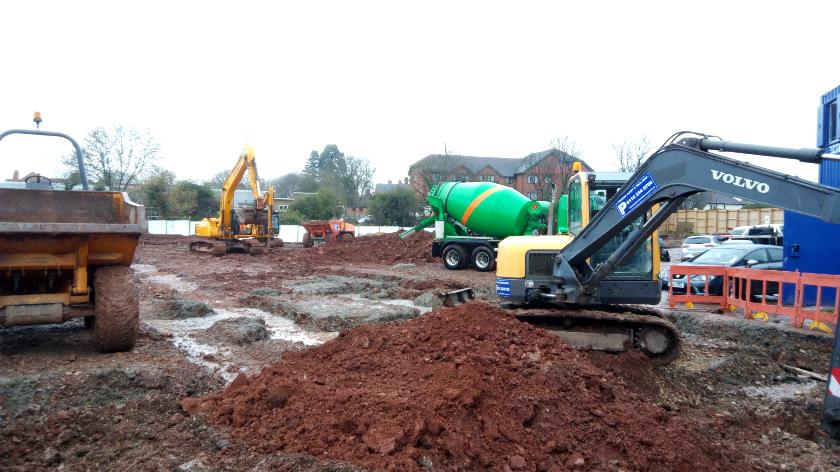During the Christmas period, there will be a change to your refuse collection dates, you can find out when your collection dates will be via our dedicated page Christmas recycling and rubbish collections.

Building on sites where trees are present can be problematic.
Trees and other vegetation can affect moisture content considerably, leading to soil shrinkage or swelling (commonly known as heave) where clay subsoils are present. This can cause cracking and movement of foundations and damage to whole structures.
And it is not just trees in close proximity to your site that pose danger - trees up to 30m away have been known to draw moisture from the soil at a proposed building site.
The worst trees to be aware of are:
But all trees need to be considered.
Different trees have different water demands, so it is important to also consider and identify trees on your site and adjacent sites.
Once you have identified your trees, you may wish to use the LABC Foundation Depth Calculator to give you an idea how deep your trenches will need to be.
The depth of foundation is determined by the:
Because the calculator allows you to select the actual plasticity index of the soil (if known from testing), it gives more accurate results for foundation depths, which can save you having to dig deeper than actually necessary.
The LABC Foundation Depth Calculator covers the vast majority of trees found in the UK. If a tree is not listed you should consult a structural engineer and an arborist for advice. Consider also obtaining advice on a foundation design from a suitably qualified and experienced expert.